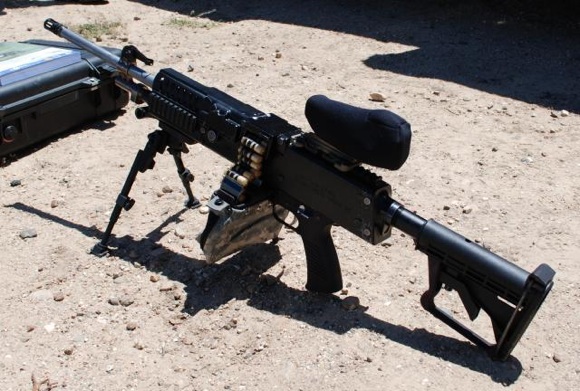Strategy Page discusses the recent decision by the US Army to adopt the Carl Gustav antitank weapon (which unlike most other “new” weapons is actually quite old):
The Carl Gustav is the first multiple-shot rocket launcher army infantry have used since the smooth bore 3.5 inch (88mm) bazooka was phased out in the 1960s. The Carl Gustav is basically a lightweight 8.5 kg (19 pound) recoilless rifle. It is 1.1 meters (3.6 feet) long. The barrel is rifled and good for about a hundred rounds.
The army also got rid of its recoilless rifles in the 1970s, replacing them with anti-tank guided missiles. What made the Carl Gustav unique was that it had the long range of a recoilless rifle (which used rifled barrels) but had a short barrel and was much more portable. The most popular American recoilless rifle was the 52 kg (114.5 pound) 75mm M20. With its long barrel (2.1 meters/6.9 feet), the M20 had a range of 6,400 meters. That was fine for use against tanks, but the army brass never appreciated the fact that the recoilless rifle was most frequently used against infantry in bunkers or buildings. The Carl Gustav took all this into account, and has been very popular with the infantry because of its portability and long range.
The 84mm projectiles weigh about 2 kg (4.4 pounds) each and come in several different types (anti-armor, combined anti-armor/high explosive, illumination and smoke.) The anti-armor round is very useful in urban areas and against bunkers. Range is 500-700 meters (depending on type of round fired), but an experienced gunner can hit a large target at up to 1,000 meters.
I trained on the Carl Gustav back in the 1970s … it was a good weapon then and still clearly has a role on the modern battlefield. The joy of hitting a tank right on the turret ring with an 84mm greeting card really cannot be adequately described.




